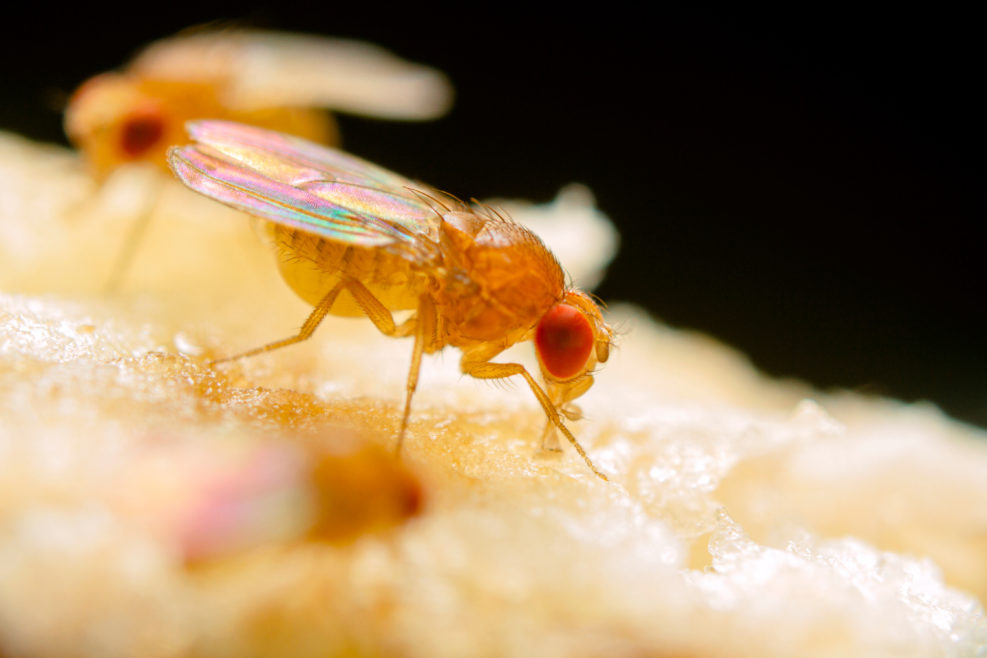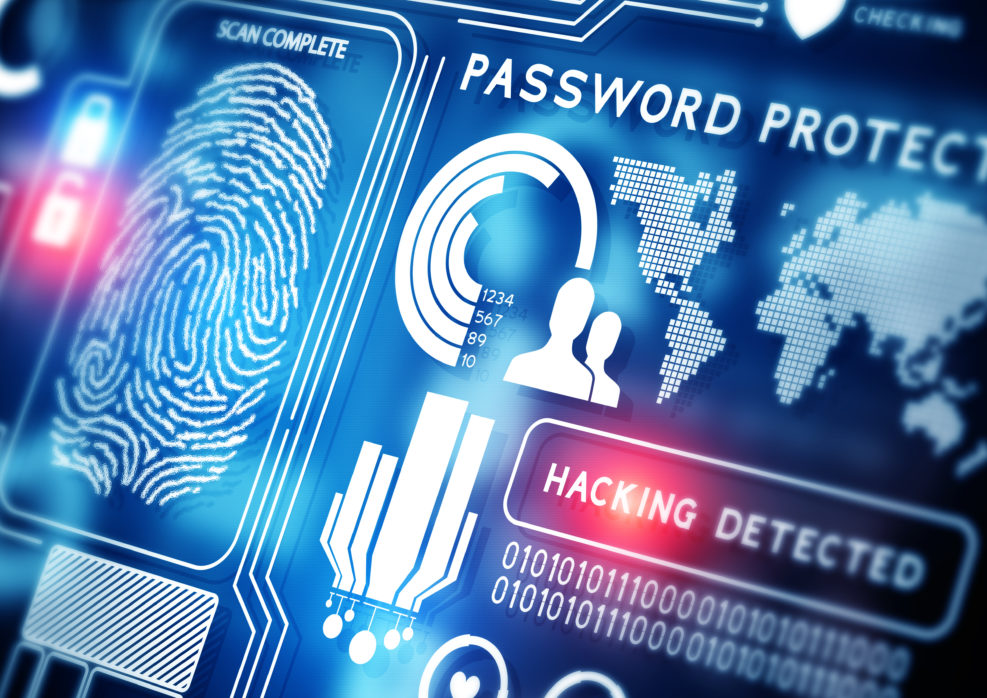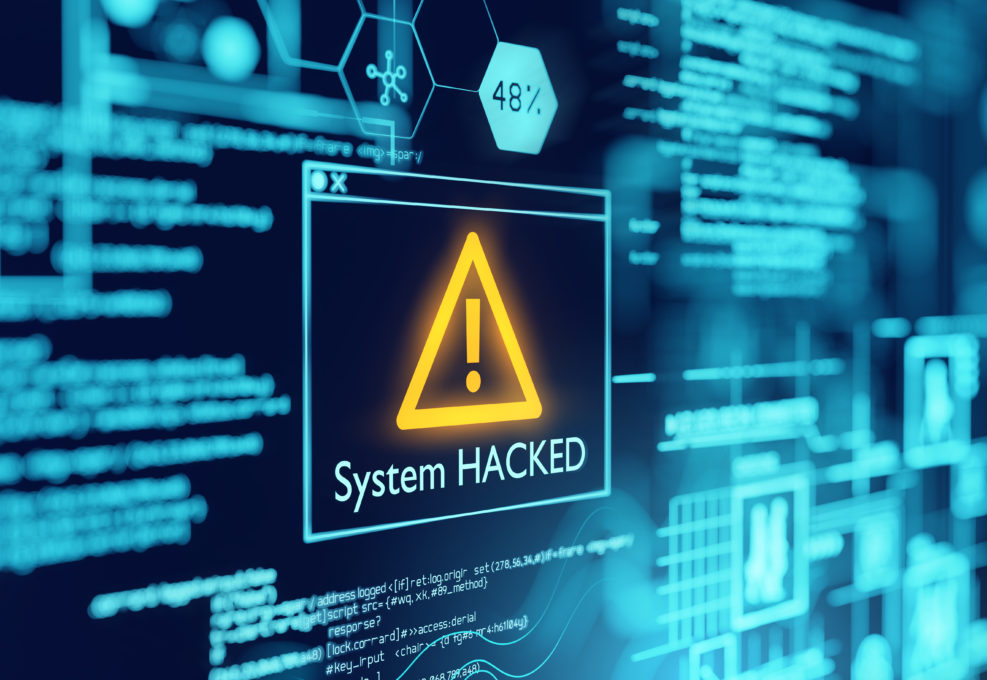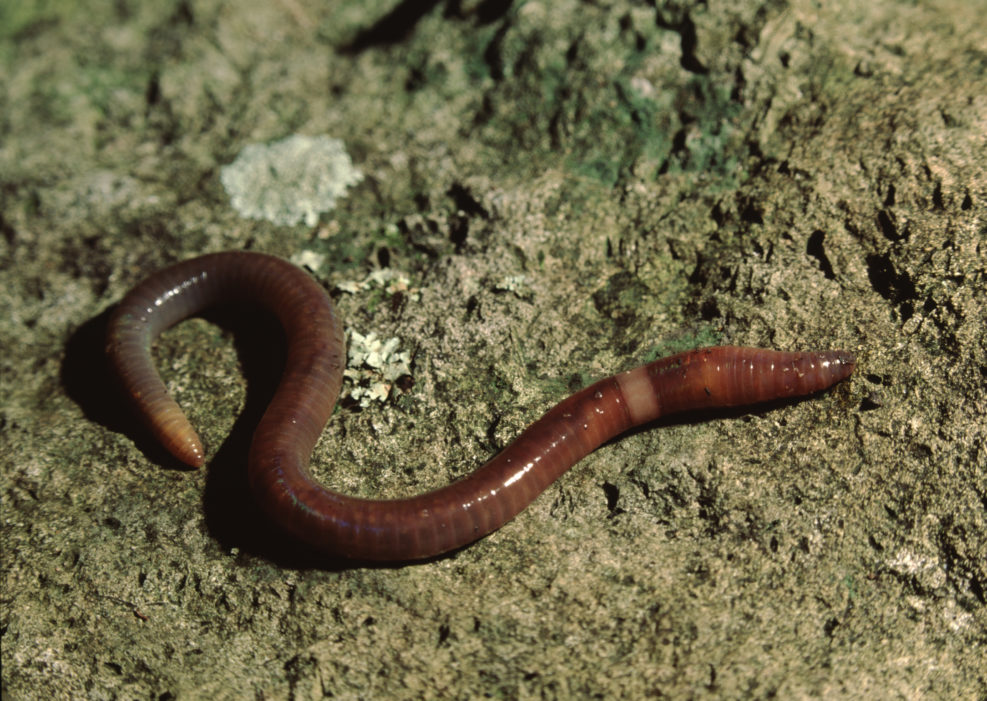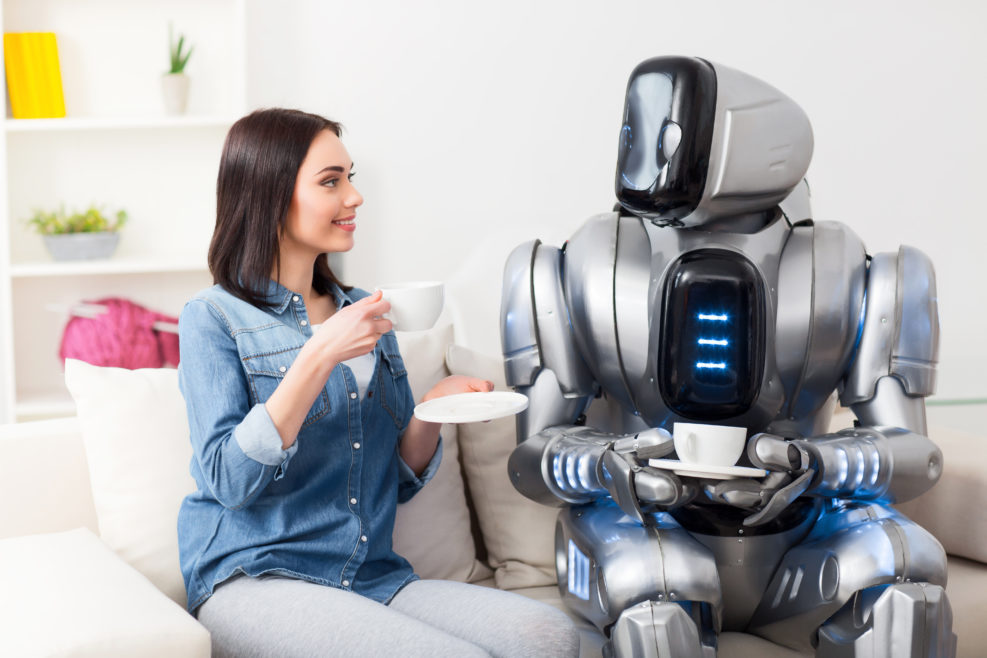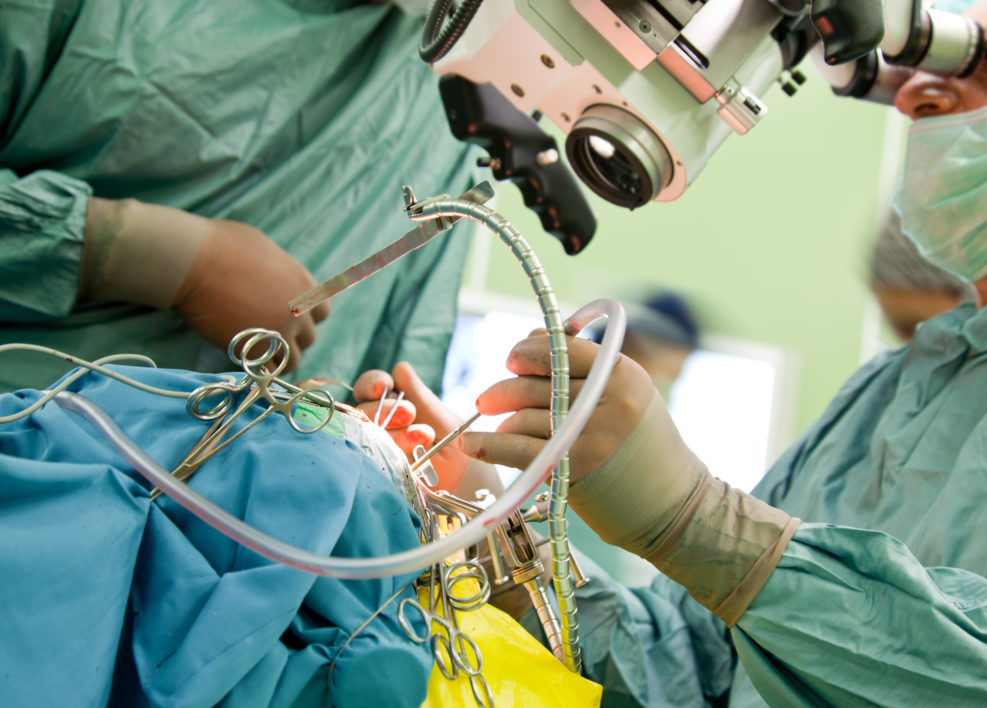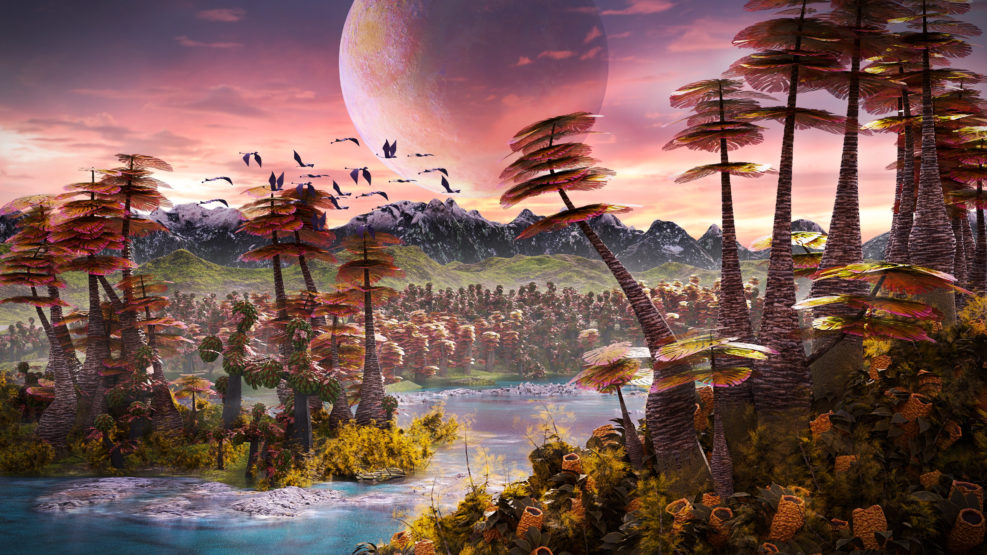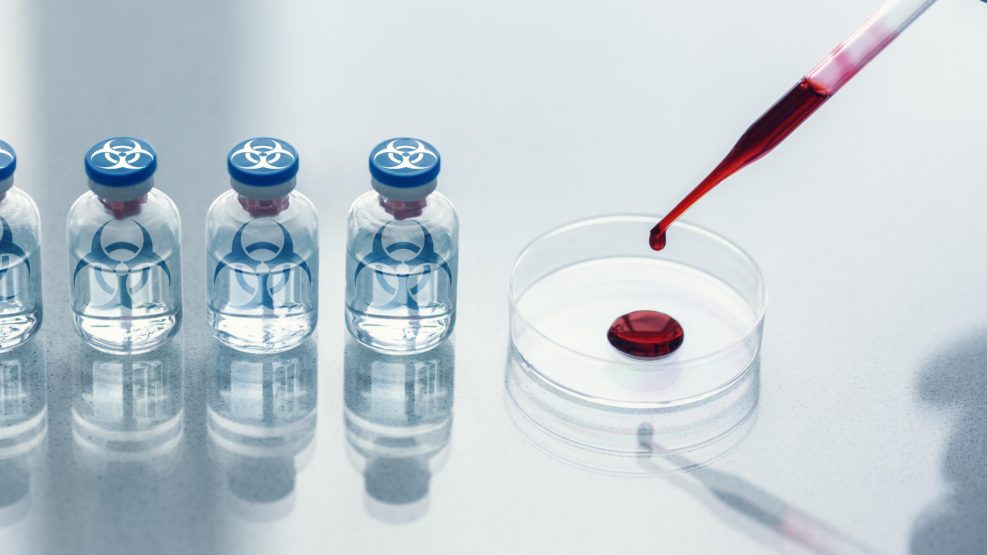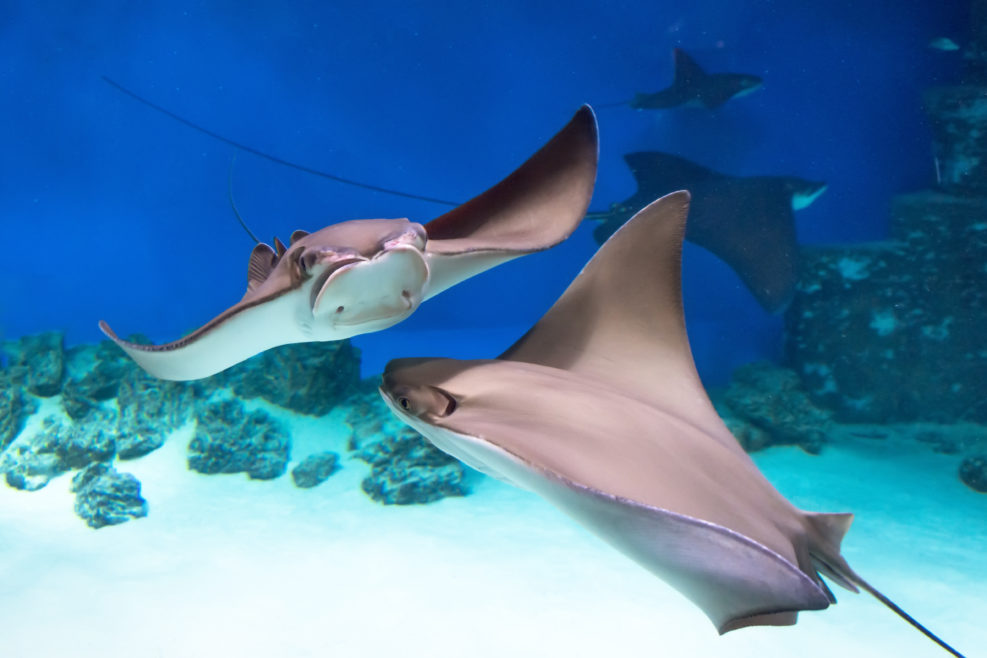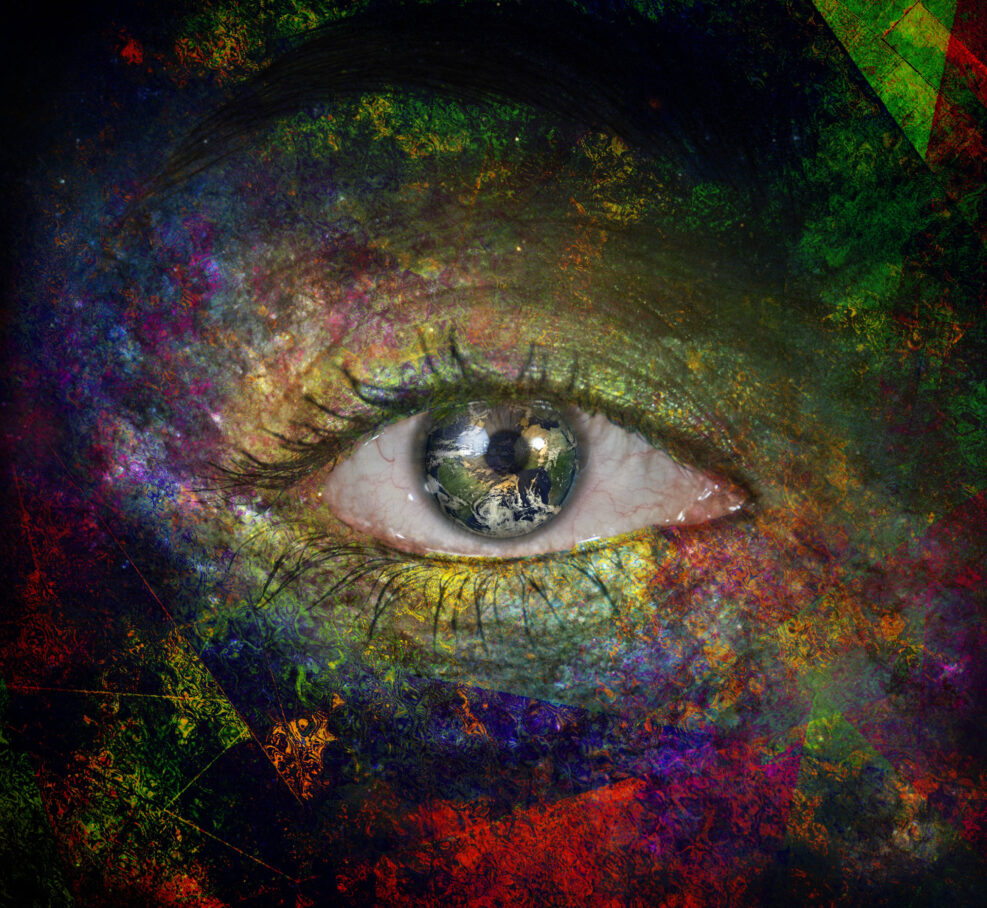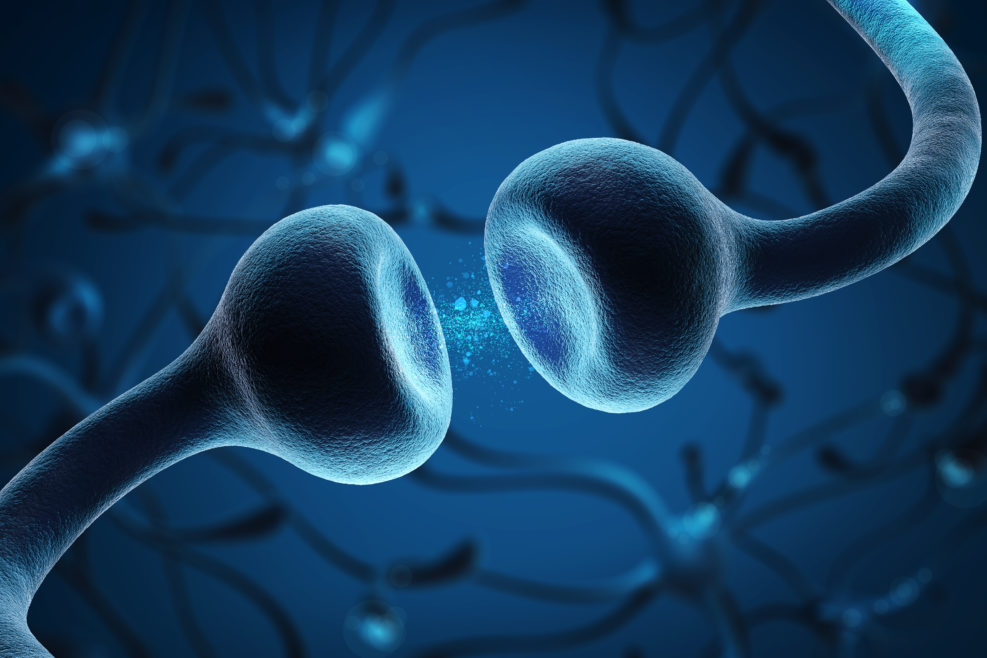
Our Neurons’ Electrical Synapses Are the Dark Matter of the Brain
These aren’t the familiar chemical synapses but a second set, the electrical synapses that enable currents to travel directly between neurons from pore to pore.The universe has its dark matter, the 23% of matter that we know is out there but can’t see because it emits no light. The brain has its own “dark matter” too, in the form of electrical synapses. These are not the chemical synapses by which neurons transmit a stimulus from one cell to the next. They are a second layer of synapse that allows message-carrying currents to flow passively from one neuron to another through pores in the neurons’ cell walls. They are likely important because just about every type of animal except echinoderms (starfish and sand dollars, for example) has them — and yet we don’t know much about them: ”Electrical synapses are much rarer and are hard Read More ›

